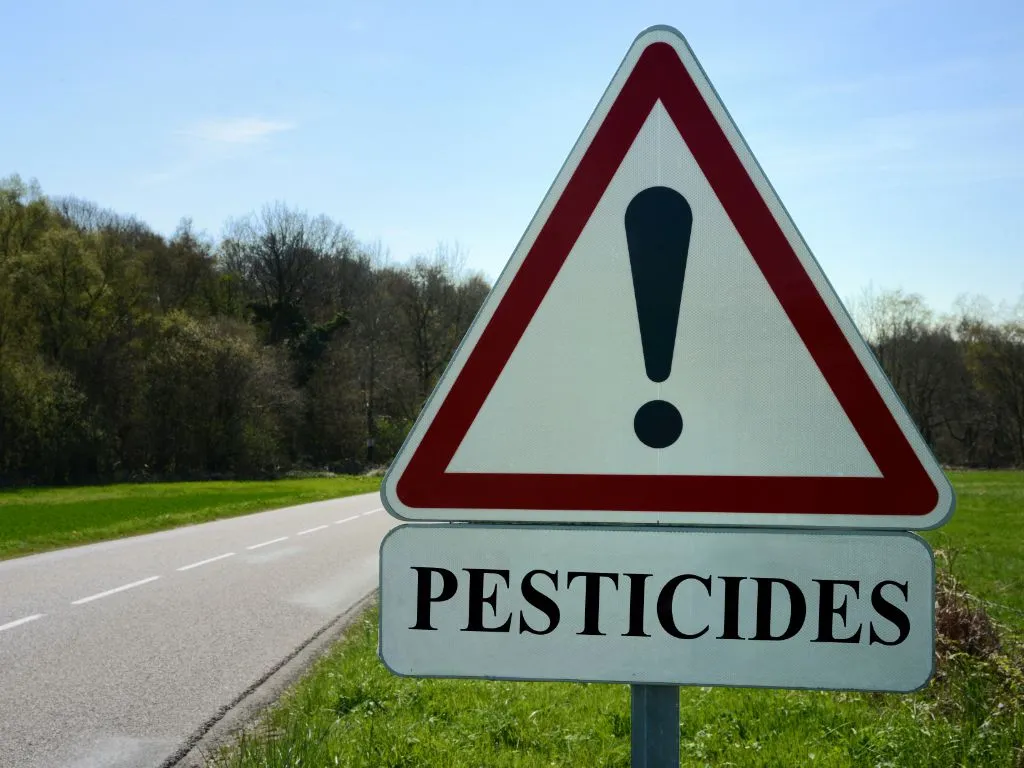- Home
- News Details
News Details

Malaysia Proposes Amendments to Food Regulations on Pesticide Residue Limits.
2024-12-02 Reference source : WTO
MRL Pesticides Malaysia Maximum Residue Limits Food Safety
The Malaysian Ministry of Health has proposed amendments to the Sixteenth Schedule of the Food Regulations 1985, specifically concerning pesticide residue limits in food products.
Key Highlights of the Proposal
The main changes include:
-
Introduction of New Maximum Residue Limits (MRLs): The proposal adds MRLs for new pesticides such as famoxadone, isocycloseram, isoprothiolane, propanil, quinclorac, and others. These MRLs are designed to regulate the levels of these pesticides in various food products.
-
Expansion of Existing MRLs: The amendments also update the MRLs for existing pesticides, adding new limits for additional commodities. Pesticides such as abamectin, ametoctradin, thiamethoxam, and tebuconazole will now have MRLs for a wider range of food items.
Deviation from International Standards
The proposed MRLs are not always consistent with international standards, particularly the Codex Alimentarius, which provides globally recognized guidelines for food safety, including pesticide residue levels. Some MRLs proposed by Malaysia deviate from Codex standards or are not available internationally. For example, the MRLs for famoxadone in tomatoes, quinclorac in milled rice, and tebuconazole in mangoes differ from Codex due to differences in agricultural practices and local residue trials conducted in Malaysia and other regions.
Compliance and Prohibited Practices
The proposed amendments also clarify the definition of "pesticide" and reinforce that no food should be exposed to pesticide residue levels that exceed the limits set out in the Sixteenth Schedule. Additionally, it is prohibited to import, prepare, or sell food containing pesticide residues as follows:
-
Pesticide residues exceeding the limits specified in the Sixteenth Schedule.
-
Pesticide residues higher than those recommended in the Codex Alimentarius, where the pesticide is not listed in the Sixteenth Schedule.
-
Pesticide residues greater than 0.01 mg/kg of if the pesticide is not specified in either the Sixteenth Schedule or Codex Alimentarius.
We acknowledge that the above information has been compiled from WTO.
Global Product Compliance (GPC) specializes in Global Regulatory Compliance Solutions across sectors
globally. SSS Europe, a familiar name in chemical regulatory and compliance services now formally belongs
under the umbrella of GPC Holding Sweden.
Since 2008, we have emerged as one of the leading names among Global Regulatory Compliance Service
Providers with Representation services in Europe, Asia and Middle East for respective chemical
regulations.

 Twitter
Twitter
